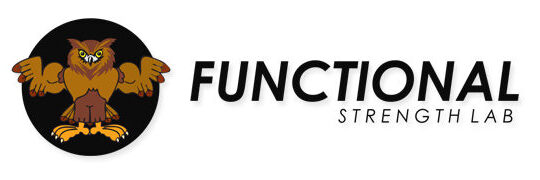What Eddie Hall’s Deadlift Record Equals in Everyday Items
This July (2015) in Leed’s England, Eddie Hall broke his own deadlift record of 462 kilograms, by lifting 463 kilos! You can watch the incredible feat here: https://www.youtube.com/watch?v=FrLP7AFm8Qs What does this crazy pull mean in different everyday life?? Record Breaking Deadlift: unit 463 kilograms 1,021 pounds 73 stone What this means in everyday items: unit …
What Eddie Hall’s Deadlift Record Equals in Everyday Items Read More »
